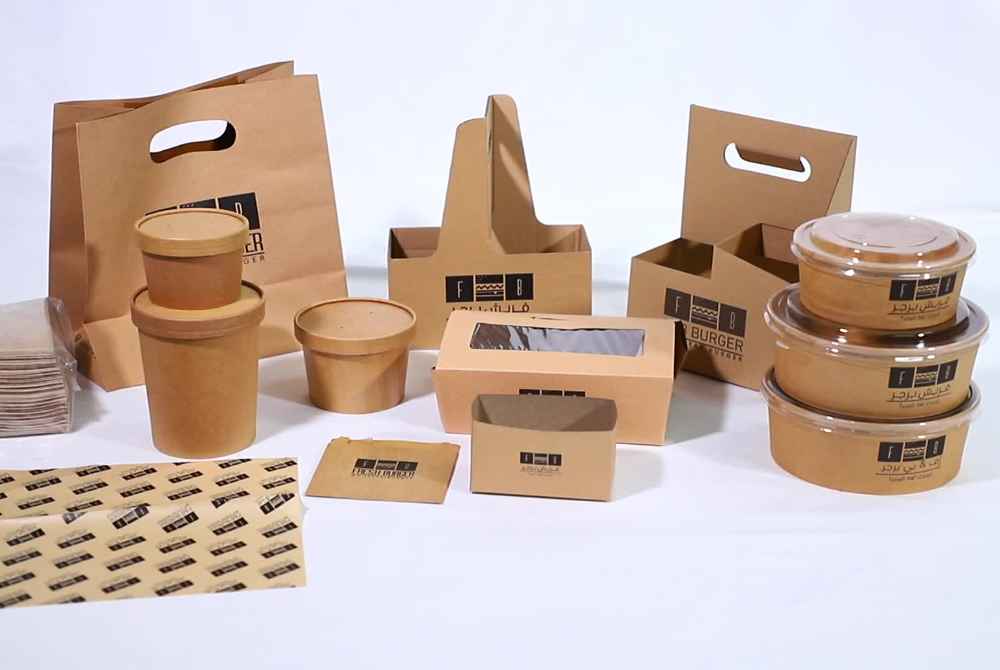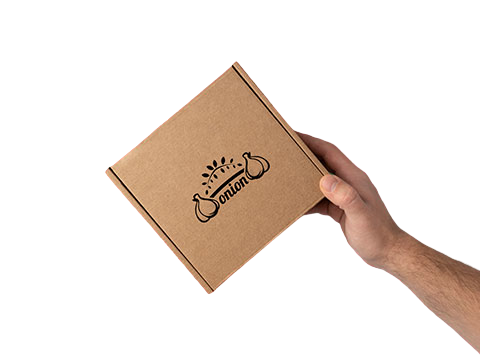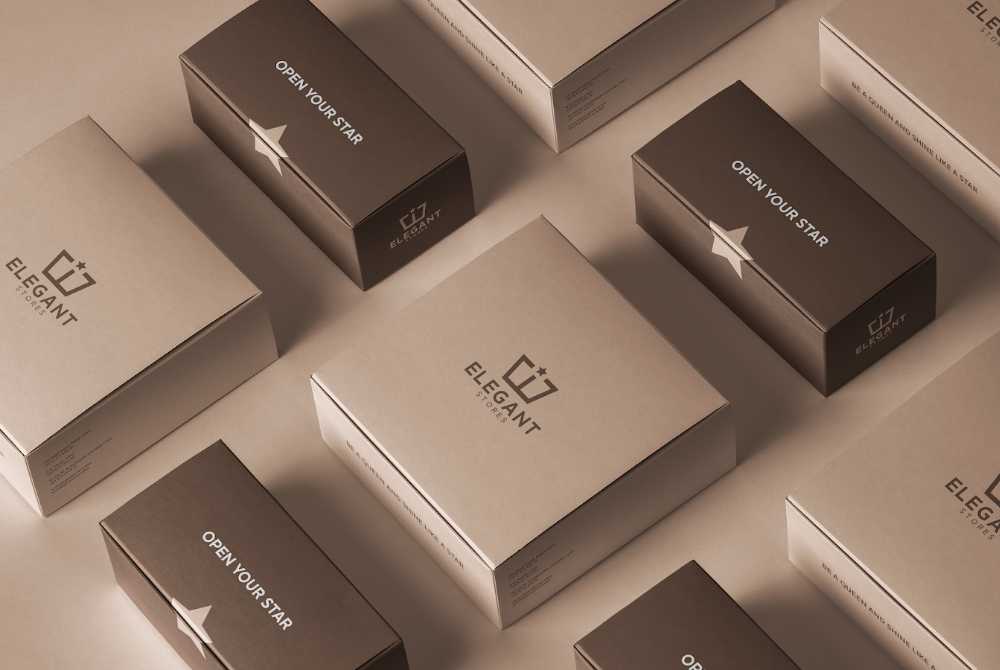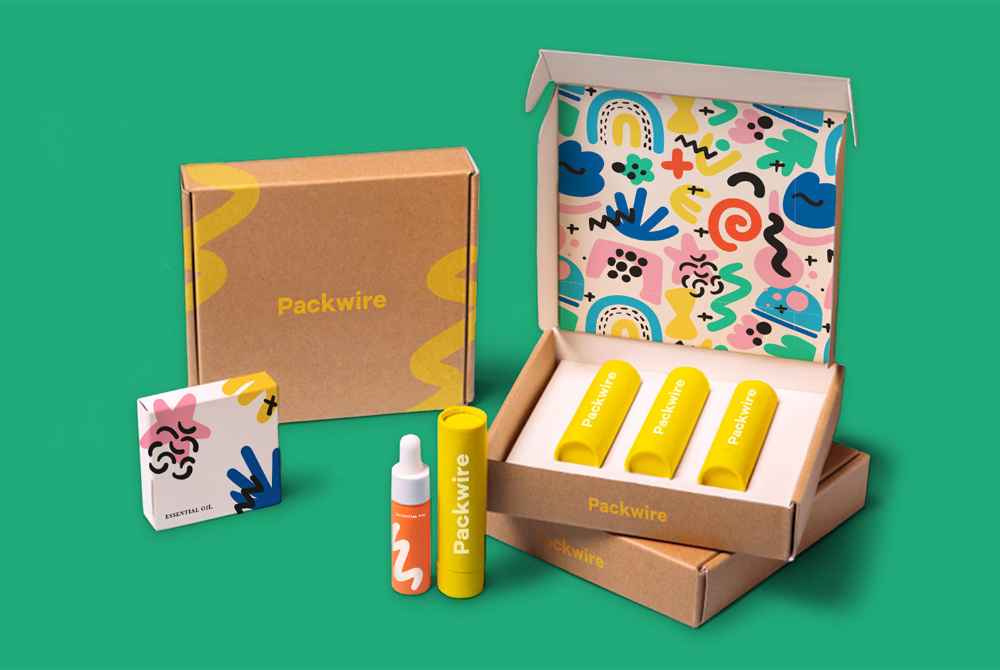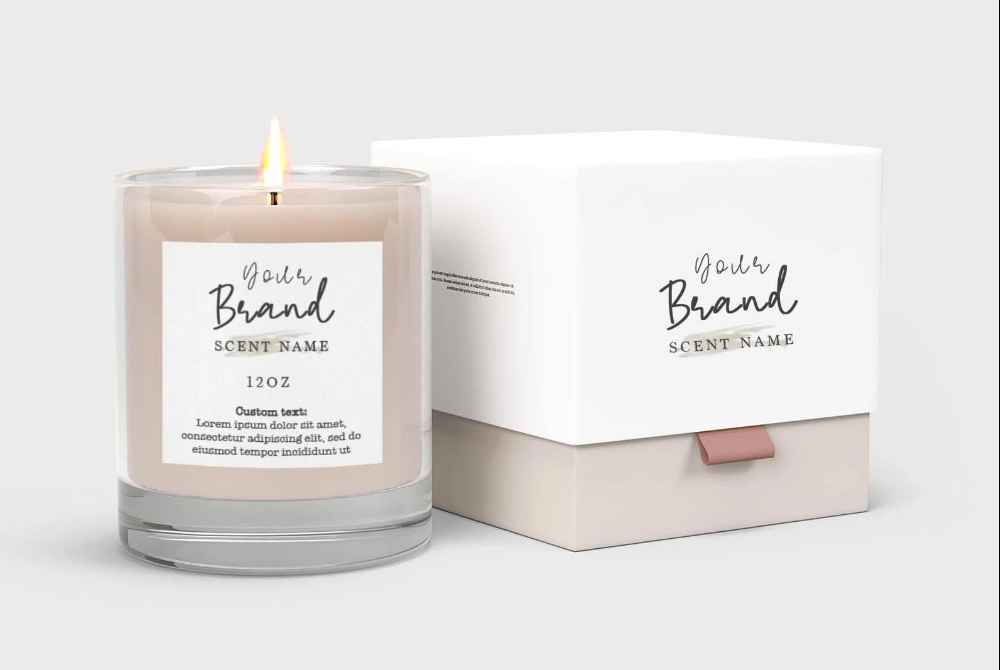Is Kraft Paper a Paper?
Kraft is a German term that refers to strength. Kraft paper made from chemical pulp provides unparalleled sustainability. Because of its brown color and tear strength, kraft paper is perfectly suitable for making robust small kraft boxes, wrapping papers, and stiff packaging.
Apart from being available in different colors and shades, kraft paper board is a great choice for branded packaging because it is versatile. Furthermore, raw kraft paper has a great porous feel, giving products high-quality printing and finishing options. Because it is so versatile, kraft paper can be used in numerous ways, including kraft envelopes and brown wrapping paper for Christmas, giving products an environmentally friendly look while giving them a country look.
Kraft Paper: It's Beginning and Past
Kraft paper has emerged as a green and desirable choice with the development of kraft paper. It was invented by Carl F. Dahl in 1880 through the kraft process.
The Kraft Paper Manufacturing Process
This indicates that wood is subjected to the pulping process to produce paper. In the 1880s, Carl F. Dahl developed producing packaging material from pulp. Yet, Dahl discovered that adding some chemicals (e.g., sulfates) to cellulose pulp makes the paper stronger, so kraft paper is stronger than ordinary paper.
Since it was initially used for wrapping, kraft paper has been trendy to create efficient packaging materials. Numerous companies use kraft windows and classic kraft boxes to securely package and ship their products. Moreover, kraft paper continues to change in functionality, so companies can adapt to the rising demand for environment-friendly packaging alternatives.
Regular Vs. Kraft Paper
Briefly, kraft paper is stronger than regular paper. One would say, "Its just paper; why is it so wonderful?" Kraft paper is tough and tear-resistant because the kraft process removes more lignin from kraft wood pulp. This makes brown wrapping paper rolls for businesses and occasions like Christmas gifts ideal with kraft paper.
Also, raw kraft paper is more penetrable than normal paper, reducing the printing efficiency of the paper, but also extremely sensitive to specialty finishing methods like:
Debossing/embossing
Stempeling with foil
Kraft paper's strength and resistance make it great for custom, environmentally friendly pizza boxes that are eco-friendly and can handle delivery successfully. Companies promoting their environmental programs via packaging opt for brown kraft paper wrap.
Paper forms of Kraft
Several different kraft papers are utilized to meet various business preferences and requirements. They include the following types of kraft paper used in green packaging.
Kraft Unbleached Coated (CUK)
This is the original form of the Kraft paper. It does not contain bleaching chemicals other than those patented in the Kraft process. CUK is known as Solid Unbleached Sulfate (SUS) and comprises 80% virgin cellulose or fiber wood pulp.
Overcoating with kaolin clay-titanium dioxide adds smoothness and printability, although this paper is the thinnest of the kraft paper substrates.
SBS (Solid Bleached Kraft Paper)
Unbleached kraft paper is more environment-friendly since it retains its natural color and varnish from chemical processing. However, for high-quality products to have a better surface, there may be a preference for bleached kraft paper. Firms must consider the impact of bleaching on nature, balance in perspective, and utilization sustainability of SBS before applying it to printing.
CRB (Coated Recycled Board)
While not as strong as virgin kraft paper, CRB is an affordable alternative to packaging products like cereal boxes that don't require high tear resistance. CRB is manufactured from 100% recycled kraft paper. Businesses that want to reduce packaging costs without sacrificing environmental-friendliness can use this inexpensive alternative.
Strength can be imparted to corrugated boxes by fluting by adding kraft paper layers.
Kraft Paper and Other Papers
Unlike printed kraft paper, cardboard is stronger and stiffer.
There are additional benefits of Kraft paper compared to recycled paper; it also has a more natural appearance.
Unlike regular paper, Kraft paper is tougher, stronger, and eco-friendly.
Production of Kraft Paper
Kraft paper is made through wood pulping. Carl F. Dahl developed the process in the 1880s. In most cases, the wood is usually pulped initially. Nevertheless, combining cellulose pulp with chemicals such as sulfates may strengthen kraft paper.
Because of its hardness and durability, cheap paper has proven to be an ideal option for kraft paper boxes.
Kraft Paper: How Is It Used in Packaging?
All types of carton boxes and corrugated boxes are manufactured from Kraft paper. Every industry, especially e-commerce, uses corrugated boxes to safeguard their products and withstand their requirements.
Brown paper kraft packaging boxes are versatile paper businesses use to achieve sustainability without compromising on a rural appearance.
Kraft Paper Packaging Inspiration
Wrapping kraft paper is a rare combination of rural looks, durability, and environmental friendliness. As such, it has become widespread application in boxing American production of kraft paper. You can utilize kraft paper shopping bags to package and display your products.
Kraft Paper Packaging Sizes
Several standard sizes are available for use with a range of packaging requirements, be it Kraft paper wrap to use as wrapping paper, boxes, or envelopes.
Brown wrapping paper rolls, for example, come in 12-inch, 24-inch, and 36-inch widths, which are broad enough to wrap products of different shapes and sizes. Besides adhering to industry standard sizes, Kraft paperboard boxes are cleverly protected when shipped and use very little material.
Also, businesses that require custom packaging solutions can request specific kraft paper sizes to fit their product sizes, thereby reducing material wastage and shipping costs while offering a perfect fit. To maintain product integrity and deliver a better customer experience, you must choose the right size and weight of kraft paper when wrapping gifts or shipping fragile products in corrugated boxes.
What Is Kraft Paper Application In Packaging?
Kraft paper is largely used for corrugated boxes and is increasingly more popular for carton boxes. Corrugated boxes are a suitable choice for e-commerce businesses to keep their products secure during transportation due to the strength of kraft paper.
With wholesale custom boxes, businesses also achieve sustainability goals and exhibit green programs. The packaging industry uses Kraft paper innovatively, providing an extensive range of packaging options.
Kraft Boxes vs. Corrugated Boxes
Kraft boxes are constructed of kraft stock to ship various products. Corrugated boxes, however, are produced from kraft paper and cardboard, thus a thicker material with greater strength. Fluting corrugated boxes provide additional layers of kraft paper, making them stronger and more durable.
Strength and Thickness
Kraft paper is a heavy-duty, stiff material ideal for merchandise packaging that requires extra support. Corrugated boxes usually have a higher wall, so shipping is more cost-effective. Businesses searching for eco-friendly packaging that safely delivers fragile items will find Kraft packaging useful.
Customizable Options
Kraft packaging has many customizable options. With kraft paper, you can have logos, taglines, or artwork printed with multiple finishes, such as matte and gloss, so your packaging matches your brand's identity. Corrugated boxes are easily shaped and sized to fit custom packaging. Kraft wrapping paper and envelopes allow you to create your brand and connect with your customers in numerous ways.
You've filled a product into a box that is too small or wasted space with one that is too big. No worries! We've got you covered!
The White Paper Is Whiter Compared To the Brown Kraft Paper
White kraft paper is often employed to make art and high-quality printing finishes since it provides a brighter surface. Alternatively, brown kraft paper offers a rustic and sturdy packaging option perfect for environmentally aware consumers who need natural, earth-friendly packaging alternatives.
Brown paper wrapping with twine has become a popular, eco-friendly, pleasing aesthetic option.
Why Kraft Paper Is Beneficial
Besides its higher strength and protection, kraft paper is 100% environmentally friendly. It will biodegrade within weeks naturally, similar to how leaves falling off a tree break down. What's more, kraft paper is recyclable in new packaging. Environmentally conscious consumers and businesses are particularly drawn to FSC-certified recycled packaging.
Using kraft paper, companies can prove themselves sustainable, boosting sales because customers are increasingly sensitive to their ecological footprint.
Kraft Paper and the Environment
Wood pulp paper, a source that can be replenished, has more ecological influence than Styrofoam or plastic.
The kraft process does, nevertheless, utilize chemicals, including sulfates that would have harmful effects on the environment if they are not kept under control. Utilizing renewable energy sources and minimizing chemical wastage are eco-friendly measures kraft paper producers adopt to ensure this does not happen. Kraft paper is one of the most eco-friendly packaging materials available today.
The options for customizing kraft paper are endless. Custom kraft paper printing is available through many printing companies, so your business can include its branding, logos, or slogans on the packaging. Besides matte or gloss finish, various other options make your packaging stand out.
Having packaging that uses its personality can improve brand awareness and enhance business customer loyalty.
Kraft Paper Disadvantages
But kraft paper also has limitations in addition to numerous benefits:
The relatively narrow range of appearance options.
A rugged texture cannot necessarily improve finer packaging.
Non-printability through lack of proper bleaching processing.
The thickness and bulk might make the product unsuitable for all products.
Kraft paper remains one of the most robust, environmentally sound, and variable packaging materials.


